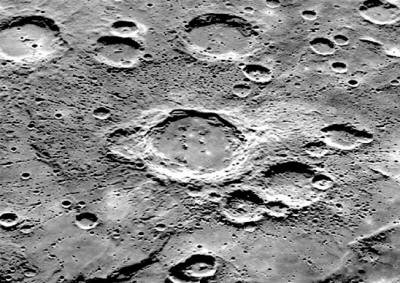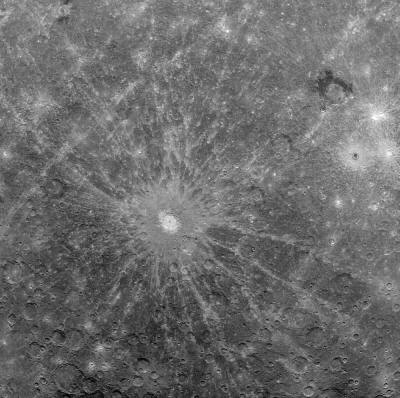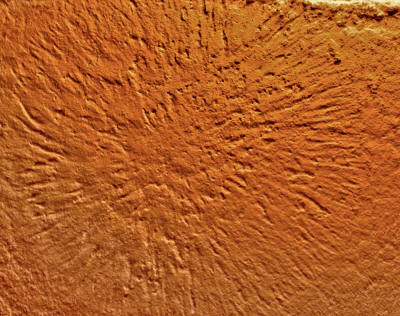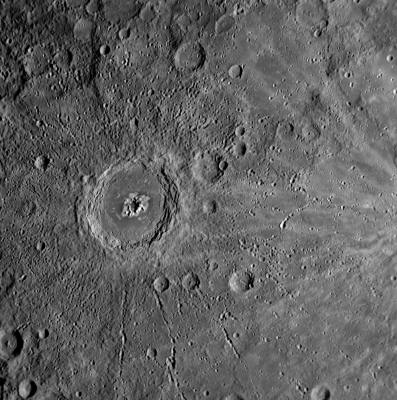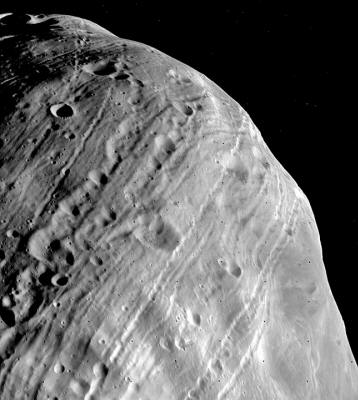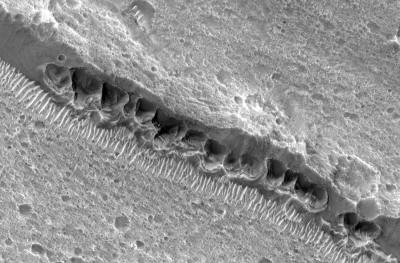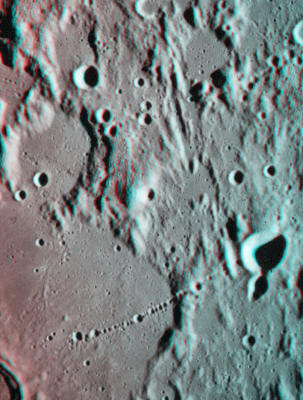
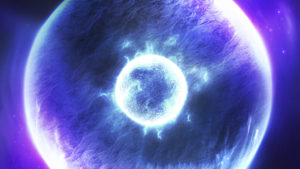
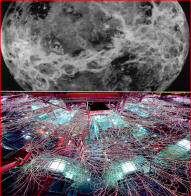
by Stephen Smith
September 09, 2011
from Thunderbolts Website
|
The MESSENGER space probe is confirming the Electric Universe theory. |
Firdousi, a rampart crater (center) on Mercury, illustrates electric arc erosion.
Credit: NASA/Johns Hopkins University Applied Physics Laboratory/Carnegie Institution of Washington
MESSENGER entered orbit around Mercury on March 17, 2011 after traveling nearly eight billion kilometers.
Since that time, it has sent hundreds of close-up images of the surface, revealing features and topography that assure Mercury's kinship with the Solar System's other celestial bodies:
its surface is pitted, gouged, punctured, and grooved in ways so like its sisters and brothers that telling it apart from some of them would be difficult.
Past electrical activity on Mercury is evident in several locations around the planet.
Indeed, the entire planet could be said to exhibit nothing but electrical effects.
The etched furrows (above image) radiating outward from some craters, such as Firdousi, above, denote the path of untold numbers of electric filaments as they danced a fiery dance across the surface. On Earth, those filaments would have been the largest lightning strikes ever witnessed.
A landscape such as the one surrounding Firdousi would be difficult to reproduce in the laboratory, unless electricity were brought into the picture. Not the electricity needed to operate a compressed air gun firing hypersonic projectiles, but that needed to act as a high voltage discharge.
In an experiment at Vemasat Laboratories, Dr. C.J. Ransom created the same kind of etched furrow by shocking a thin layer of magnesium silicate with a 120 milliamp, 12,000 volt discharge for five seconds.
He created radial gouges (above image) on a small scale equivalent to Mercury at the large scale.
As pointed out in previous Pictures of the Day, Nobel Laureate Hannes Alfvén thought that electrical (plasma) phenomena could be scalable by as much as 14 orders of magnitude.
Since an electric arc is composed of rotating filaments, if electricity were involved in Mercury's evolution, it would have manifested in many ways.
One of those ways would be to act like a plasma "drill bit," cutting steep crater sidewalls, while sometimes leaving a “pinched up” mound in the center. Multiple filaments would cut one crater within another, often with one or more craters on the rims.
Firdousi, among dozens of other large craters (below image) on Mercury, conforms to that insight.
What is most remarkable about Mercury and other members of the Solar System are the numerous crater chains that abound throughout the population.
From Phobos (above image) to Phoebe; from Mars to Miranda, planets and moons are pocked with holes (below image 1) that run in long lines (below image 2), sometimes for hundreds of kilometers.
image 1
image 2
The common explanation for them is that a string of meteoroids impacted one after another, one behind the other.
The necessary coincidence for that effect notwithstanding, the absence of distortion in adjoining crater walls calls the theory into question. Add to that the twists, turns, loops, and braids that can be seen in many of them and the idea that rocks falling from space caused these features falls apart.
Anyone who has made an electric arc device called a "Jacob's Ladder" knows how the line of craters could have formed.
A Jacob's ladder is constructed by placing a stiff copper wire on each standoff of a neon sign transformer and then bending them in toward each other until they form an ever-widening "V" from bottom to top.
When the current is turned on, an electric arc begins at the lowest level of the V and then rises up to the top, growing longer across the widening gap until it disconnects with a snap, only to immediately begin again. If a piece of paper is held between the two limbs of the V while the electric arc travels upward, a row of pinholes will be found burned lengthwise into the paper.
Electric arcs traveling across a conductive medium vary in strength from millisecond to millisecond, so they burn chains of craters instead of smooth channels. In fact, the "smooth" channels seen on many objects are actually crater chains that are packed so close together that they can no longer be distinguished.
There are more examples from MESSENGER that reveal Mercury's catastrophic past.
It is certain that additional evidence supporting the new Electric Universe paradigm will come to light.
Credit: top: Venus: NASA, JPL, Magellan; bottom: Sandia National laboratory
Jun 26, 2007
The Scarring of VenusThe equatorial region of the planet Venus shows evidence of massive electrical scarring, matching the patterns of spidery filaments seen in high-energy plasma discharge.
In the common gravitational models of solar system evolution, little has happened to planetary orbits across the eons. This belief persists even though gravitational theory indicates that more than two bodies orbiting in a system are unstable and subject to wild motions. But in the electric model of the solar system, orbital instabilities are damped by the exchange of electrical energy between planets. Before gravitational instabilities can evolve so far as to cause collisions, electrical interactions will redistribute energies to keep orbits apart.
Today the electric exchanges are almost unnoticeable: the "blue clearing" of Mars' atmosphere at opposition (when Earth is between Mars and the Sun) may be the effect of the Earth's electrified plasma tail brushing across that planet; the detection near Earth of the Birkeland current "strings" in the Venusian cometary tail at inferior conjunction (when Venus is between the Earth and Sun) is another example. But if planets moved more closely in the past the electrical effects would have been much more severe. Do we have evidence of more powerful electrical exchanges in the past?
The picture above, showing the equatorial region of the planet Venus, reveals one predictable effect of interplanetary electrical exchanges. This spidery network of "arachnoids" on the Venusian surface was completely unexpected. Higher resolution images reveal an even more extraordinary filamentary structure. Space scientists have called the formations "weird".
No geologic process observed today produces such formations. But lightning, an electrical process, DOES produce them. An electrical arc striking a low-conductivity surface will scavenge electrons from great distances and carve branching channels called Lichtenberg figures.
The lower picture shows a discharge produced by Sandia National Laboratories' "Z" machine. The machine has an input power of about 290 trillion watts for billionths of a second, and in that instant it consumes the equivalent of about 80 times the rest of the world's output of electricity. In the photograph a spider's web of electric discharge (a Lichtenberg figure) illuminates the Z-machine's surface.
A similar discharge structure would occur at a planetary level. In the laboratory the discharge is recorded in billionths of a second, but scaled up to cosmic dimensions, the discharge could last for years. Also, filamentation of the discharge increases with atmospheric pressure. Because Venus has an extremely high-pressure atmosphere, 90 times that of Earth, the extraordinary filamentation of the arachnoids is to be expected.
In the electric model, if two planets approach each other and their "magnetospheres" (Langmuir Sheaths, which limit the reach of a planet's electric field) make contact, the connection of planetary electric fields may produce intense discharging. To visualize the effects, one must scale up plasma laboratory discharge to planetary dimensions. For someone standing on one of the planets, the approaching body would take on the appearance of a planet-sized storm cloud in the sky. The "thunderbolts of the gods" forged in the encounter would make even the most powerful lightning today seem as little more than a spark from a hairbrush.

